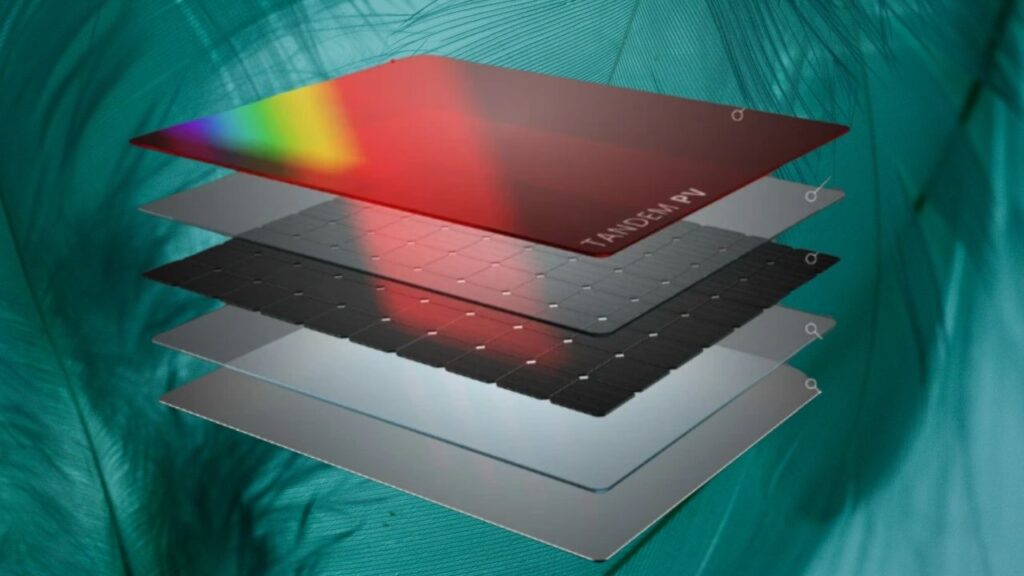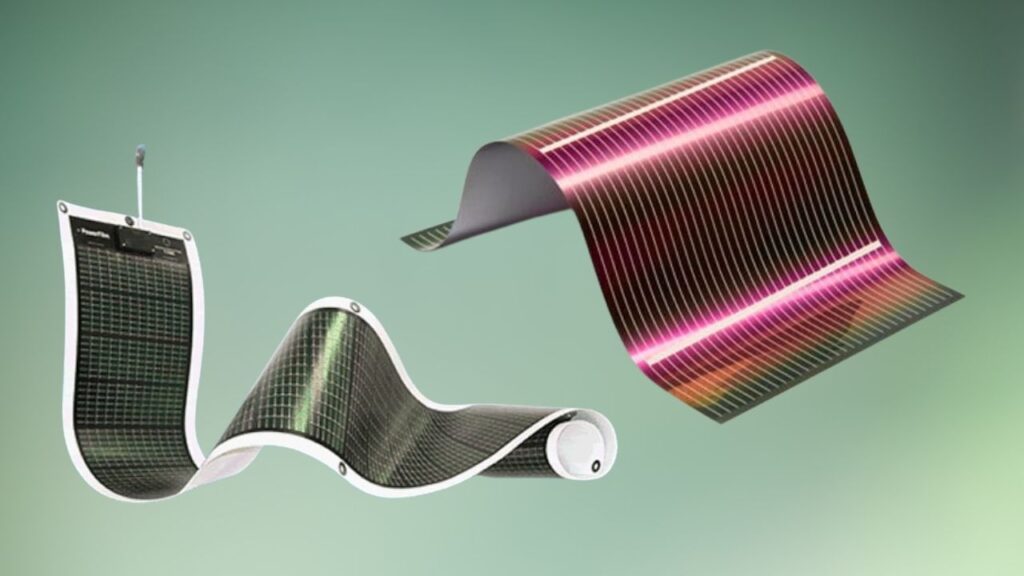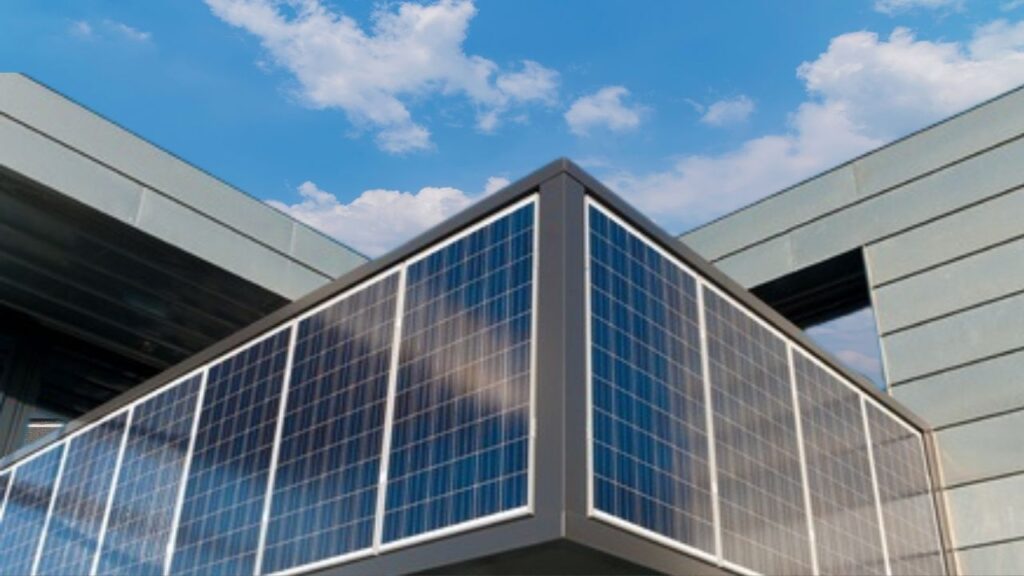Breakthroughs in Flexible Solar Panels: As the world accelerates its transition to cleaner, more sustainable energy solutions, one term is standing out: flexible solar panels. These innovative technologies offer a transformative leap from traditional, rigid panels by being lightweight, bendable, and adaptable to a wide variety of surfaces. From futuristic smart clothing and curved rooftops to electric vehicles and architectural marvels, flexible solar panels are redefining how and where solar energy can be used.

Flexible solar panels represent the next phase in solar energy’s evolution. Built on advanced materials like perovskite and organic photovoltaics (OPV), they not only bring versatility but also enhanced efficiency and reduced costs. Their growing adoption across consumer, industrial, and urban infrastructure sectors signals a monumental shift in renewable energy integration.
Table of Contents
Breakthroughs in Flexible Solar Panels
| Feature | Details |
|---|---|
| Core Topic | Breakthroughs in Flexible Solar Panels |
| Efficiency Levels | Up to 35% in tandem solar cells (Oxford University) |
| Key Materials | Perovskite, Organic Photovoltaics, Thin-Film Silicon |
| Main Benefits | Lightweight, Bendable, Easy to Install, Versatile |
| Ideal Applications | Electric Vehicles, Wearables, Portable Devices, Architecture |
| Top Research | Oxford University Solar Initiative |
| Cost Trends | Up to 50% cheaper to manufacture than rigid panels (IEA) |
Flexible solar panels are a game-changing innovation in renewable energy. By removing the structural and spatial limitations of traditional panels, they unlock countless opportunities in urban planning, mobility, personal electronics, and emergency response.
As materials like perovskite mature and manufacturing techniques become more affordable, expect flexible solar panels to take center stage in both personal and industrial energy solutions. Whether you’re powering a mobile workstation, outfitting an EV, or future-proofing your smart home, flexible solar is a smart, sustainable choice.
What Are Flexible Solar Panels?
Flexible solar panels are thin, adaptable photovoltaic devices that can bend or flex without breaking. This is achieved by using thin-film solar technology, where photovoltaic materials are deposited on lightweight substrates like plastic, foil, or flexible metal.
While traditional solar panels use rigid crystalline silicon, flexible panels often use alternatives like amorphous silicon (a-Si), cadmium telluride (CdTe), or perovskite compounds. These allow the panels to be used on curved surfaces or integrated into unconventional spaces where standard panels wouldn’t work.
This flexibility has made them incredibly popular in sectors where space and form factor are crucial—like aerospace, consumer electronics, transportation, and disaster relief operations.
Why Flexible Panels Matter More Than Ever
The global demand for energy continues to surge. However, rigid solar panels face limitations—they require flat surfaces, heavy mounts, and often complex installation processes. Flexible solar panels help solve many of these issues by providing:
- Greater adaptability for irregular surfaces
- Lightweight and portable formats for mobile applications
- Lower transportation and installation costs
According to the International Energy Agency (IEA), flexible solar technology could reduce overall installation costs by as much as 70%, particularly in remote or off-grid regions where infrastructure is limited.
Breakthroughs Fueling Innovation
1. Perovskite Tandem Solar Cells

Perovskite materials have taken the solar industry by storm. Researchers at Oxford University have developed tandem cells combining perovskite with traditional silicon, achieving over 35% efficiency—a significant improvement over standalone silicon cells that typically range from 22% to 25%.
These tandem structures capture more of the solar spectrum by stacking different material layers, resulting in improved energy yields even in low-light conditions.
2. Rollable and Printable Solar Films

Cutting-edge developments now allow flexible solar panels to be printed using organic solar inks. These can be produced using standard printing techniques like inkjet or roll-to-roll printing. Such panels are ultra-thin, weigh only a few grams, and can be applied like wallpaper.
Laboratory tests show these printable panels achieving up to 13% efficiency, and their flexibility allows them to be installed quickly over large areas like warehouses, tents, or vehicles.
3. Integration into Everyday Items
Flexible solar panels are now being woven into the fabric of everyday life. Products ranging from solar-powered backpacks and wearables to flexible panels on electric vehicles (EVs) are becoming more common.

Tesla, for example, is exploring the use of flexible solar technology on its Cybertruck and Solar Roof Trailers, while companies like Renogy and SunPower offer commercial-grade portable solar panels for outdoor and emergency use.
Flexible Panels in Action: Real-World Applications
Residential Use
Flexible solar panels are ideal for modular or prefabricated homes, especially those with older roofing systems that can’t bear the weight of rigid panels. Installation requires no drilling or heavy mounting, making it cost-effective and less intrusive.
Electric Vehicles and Transportation
Flexible panels can be curved to fit the surface of cars, buses, boats, and RVs. They help power onboard electronics, auxiliary batteries, and even propulsion systems in hybrid boats. Some models can charge EV batteries while in motion or parked.
Outdoor, Military, and Remote Use
From campers to military field operations, flexible solar gear is becoming essential. Rollable solar mats can power everything from communication systems and laptops to water purification units, making them indispensable in disaster zones or conflict areas.
Commercial and Urban Architecture

In cities, Building Integrated Photovoltaics (BIPV) use flexible solar panels within windows, glass facades, or exterior walls to generate electricity without affecting aesthetics. Office buildings and malls are beginning to embrace this, integrating solar capabilities without compromising design.
Key Advantages Over Traditional Panels
| Feature | Traditional Panels | Flexible Panels |
|---|---|---|
| Weight | 20–25 kg/panel | 2–5 kg/panel |
| Mounting | Requires racks and mounts | Stick-on or adhesive options |
| Surface Type | Flat only | Works on curved or irregular surfaces |
| Energy Yield | Higher per panel | Modular and scalable |
| Lifespan | 25+ years | 10–20 years (improving with R&D) |
Flexible panels may not yet match the peak efficiency of rigid ones, but their ease of deployment, scalability, and material cost reductions make them increasingly viable for a variety of applications.
What to Know Before You Buy
When shopping for flexible solar panels, it’s important to evaluate:
- Efficiency: Look for panels with at least 15% conversion efficiency.
- Durability: Panels should be UV-resistant, waterproof, and withstand wind and mechanical stress.
- Warranty and Support: A solid warranty of 10 years or more indicates manufacturer confidence.
- Use Case Fit: Are you using it for camping, rooftop, or commercial buildings? The product should match your intended application.
- Certifications: Check for CE, UL, or IEC certifications to ensure safety and reliability.
Bioelectronics: When Biology and Electronics Merge to Heal
Is the Era of Silicon Coming to an End? What’s Next in Semiconductor Tech
Optical Modulators and Their Critical Role in High-Speed Internet
FAQs About Breakthroughs in Flexible Solar Panels
Are flexible solar panels waterproof?
Yes. Most are made for outdoor use and come with waterproof layers. Marine-grade panels are especially robust.
How long do flexible panels last?
High-quality flexible solar panels can last between 10 and 20 years, though newer technologies may extend this lifespan.
Can flexible panels power an entire home?
In most cases, they act as supplementary systems, especially useful in cabins, tiny homes, and off-grid shelters. Full-scale residential systems usually require a mix with rigid panels.
Are they a good return on investment?
Absolutely, for the right scenario. If you prioritize lightweight, mobility, and ease of setup, flexible panels deliver excellent value.
Where can I purchase them?
Well-known brands like Renogy, SunPower, and Allpowers sell flexible panels through e-commerce platforms and specialty solar retailers.



















